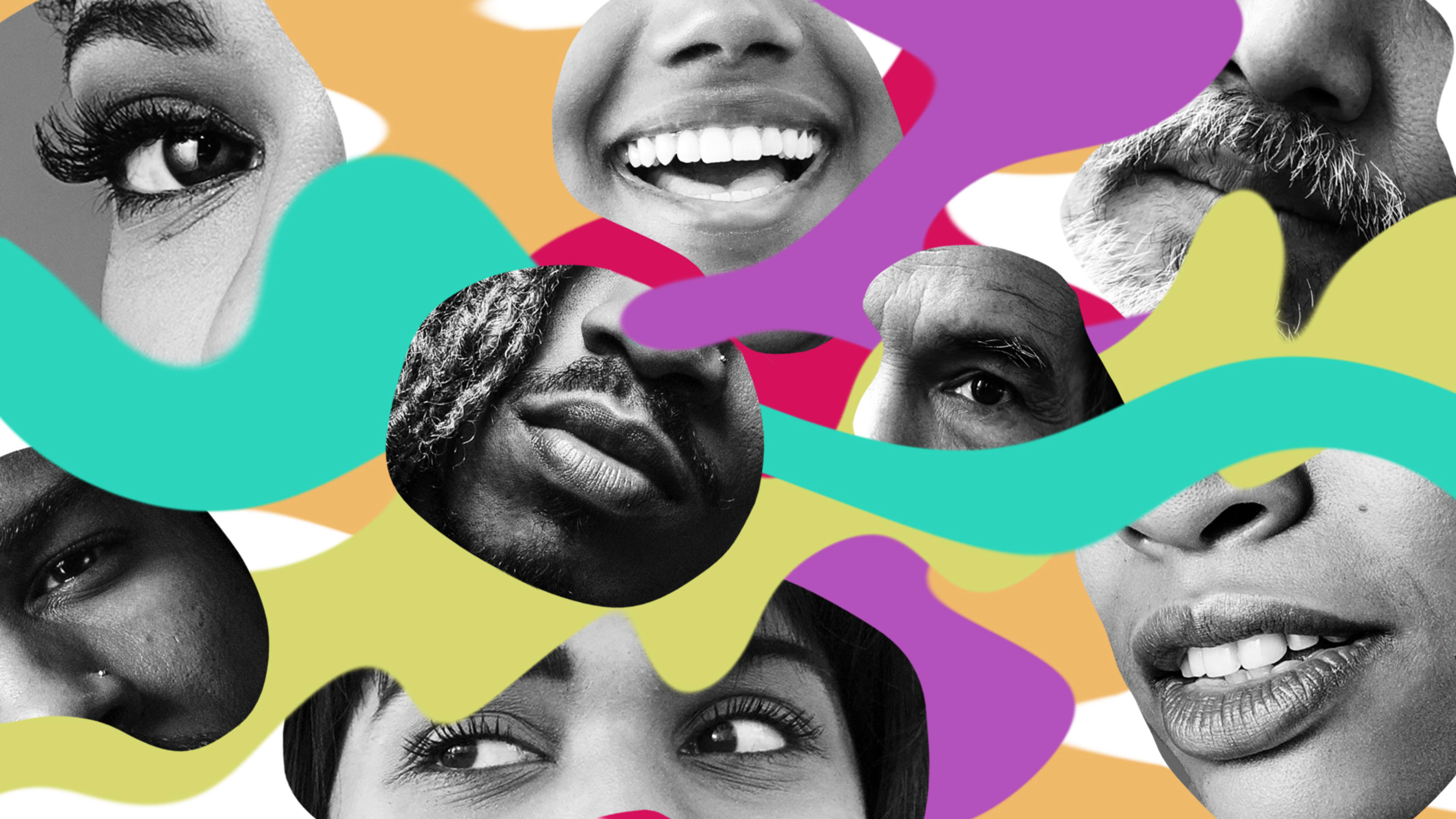Two of my friends, who are both Black, recently had the following exchange on Facebook:
Person A: What’s the professional way to say “Y’all are crazy!” at work?
Person B: “Y’all are crazy.” I’m too tired to code-switch in a pandemic.
It was one of the rare times that I’ve seen them talk publicly about that exhausting labor they do to change fundamental things about who they are—speech, appearance, mannerisms—to assimilate at work. This is exactly what makes code-switching so insidious: If you are part of the dominate culture (as I am), you often don’t see the amount of code-switching that underrepresented folks are doing, precisely because they are doing it for your benefit—to survive in a world that is inherently biased toward white standards.
Although many white people might not notice it, code-switching is present in many interactions both big and small that people of color especially have, particularly at work. Think of a colleague changing their name to something that sounds more “white”, or easier for white people to pronounce, dress codes that deem natural hairstyles “unprofessional,” or the tone of voice that sales and customer service scripts are written in.
To understand the toll that code-switching at work can take on people of color, as well as what steps managers can take to change a company culture that requires assimilation, I spoke to Courtney McCluney, assistant professor of organizational behavior at Cornell University. McCluney has extensively studied code-switching, and works with companies to help analyze their culture and hiring practices to weed out bias.
Code-switching is a symptom of a larger problem of an exclusionary company culture. As more companies finally turn their attention to DE&I efforts, inclusion is often where companies fail. For many businesses it starts with the way they think about what makes a successful employee.
McCluney pointed to her time at the University of Michigan, where she said every hire faced a three-person hiring committee. She explained that if at any time during the conversation about the candidate someone said the word “fit,” the conversation would stop and they would be asked to explain exactly what they were really saying. She said they would be asked to “explain yourself over and over again until they get to the root, which is usually a stereotype or a bias that they have.” McCluney explained that practice of focusing on that one coded word that is used at so many companies has led to hiring more people that otherwise would be passed over.
But building an inclusive culture takes a lot more than working to weed out bias in the hiring process. McCluney outlined several practical actions mangers can take, as well as a host of considerations for our new reality of remote work.
Listen to the full episode here:
You can listen and subscribe to The New Way We Work on Apple Podcasts, Google Podcasts, Stitcher, Spotify, RadioPublic, or wherever you get your podcasts.
Recognize your company's culture of innovation by applying to this year's Best Workplaces for Innovators Awards before the extended deadline, April 12.
